Mysterious Caddo Lake State Park
Wednesday, September 23rd, 2015This is Passport to Texas
When mist cloaks Caddo Lake it’s easy to understand how the lore and legend about this east Texas water body came to pass.
Native American legend says a giant flood created Caddo Lake. Others say an earthquake was responsible.
Meanwhile, scientists believe the lake formed when floodwaters, blocked by massive log jams on the Red River, backed up into the Cypress Bayou watershed, forming the lake.
One thing that is true: Caddo Lake’s beauty. And visitors to Caddo Lake State Park/Wildlife Management Area not only experience nature at her most beguiling, they also have a plethora of recreational opportunities — from hiking to hunting – to choose from.
With an annual public hunting permit, hunters may harvest deer, eastern wild turkey, and quail during appropriate seasons. Licensed anglers find largemouth bass, catfish and brim plentiful in the lake.
Find more on Caddo Lake SP/Wildlife Management Area on the Texas Parks and Wildlife website.
That’s our show. The Wildlife and Sport Fish Restoration Program supports our series. Through your purchases of hunting and fishing equipment, and motorboat fuels, over 40 million dollars in conservation efforts are funded in Texas each year.
For Texas parks and wildlife…I’m Cecilia Nasti.
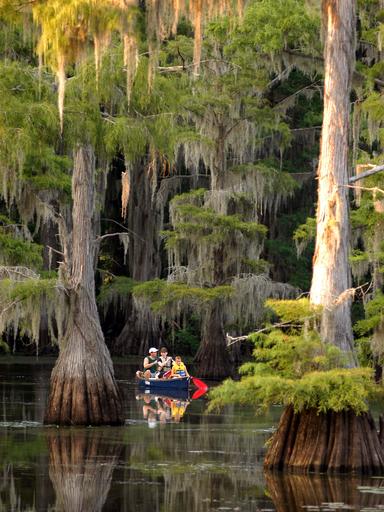

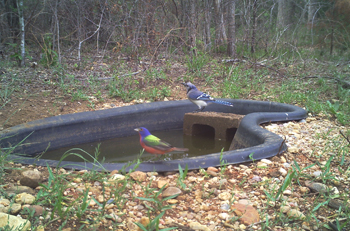
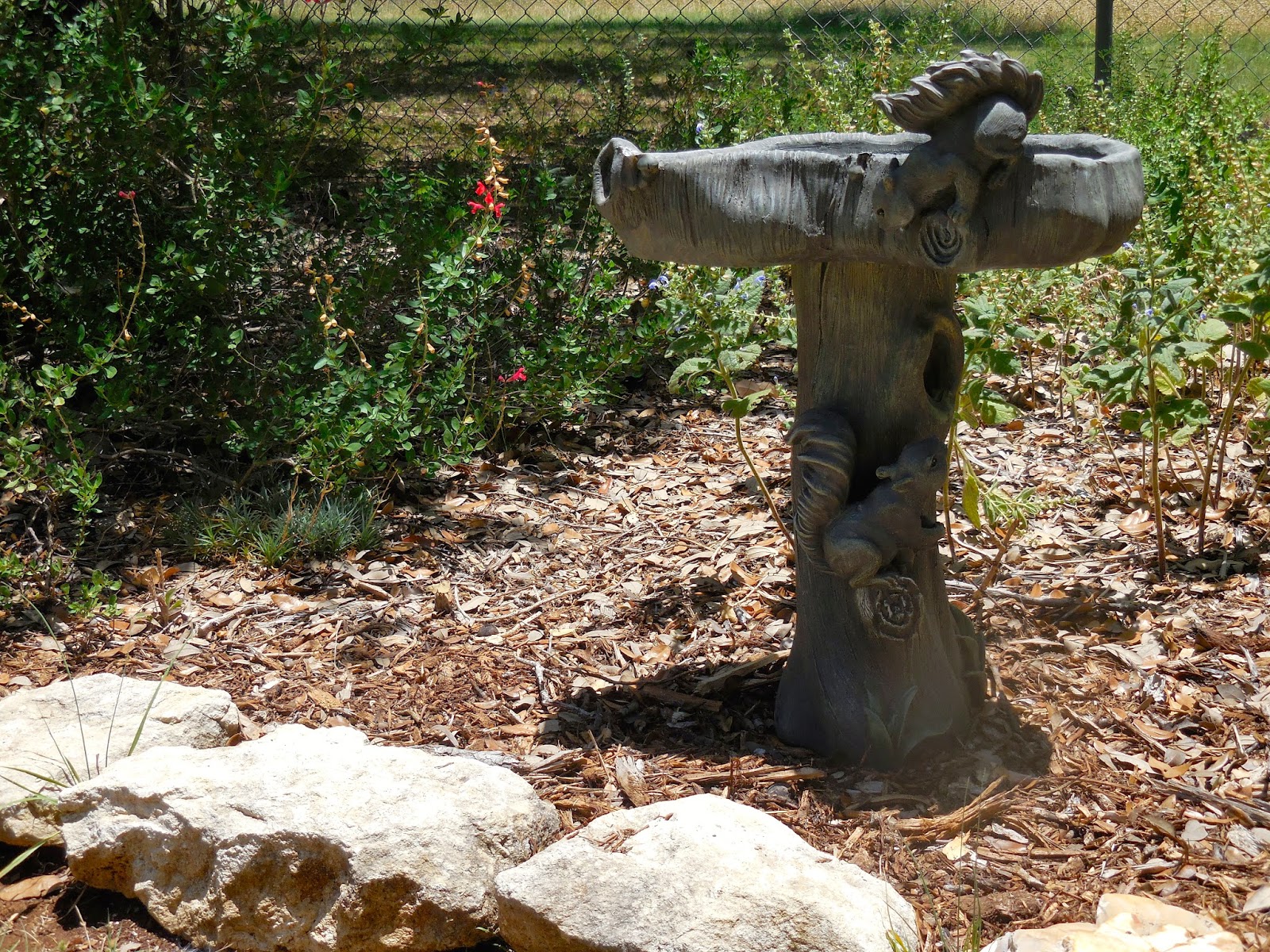
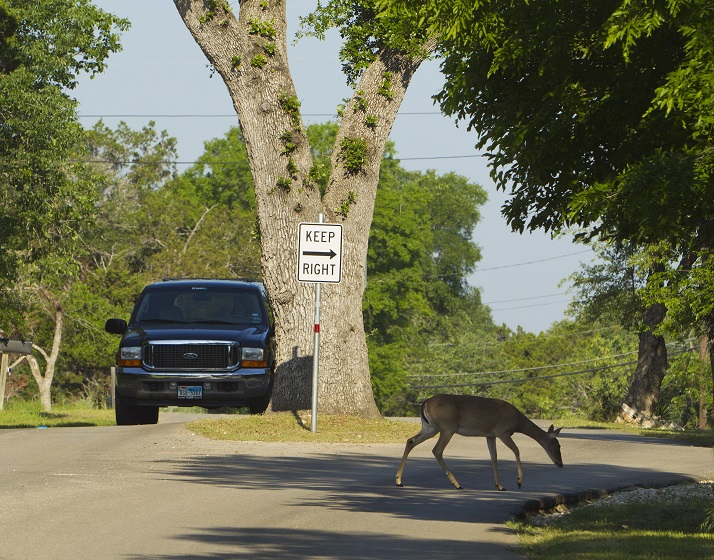
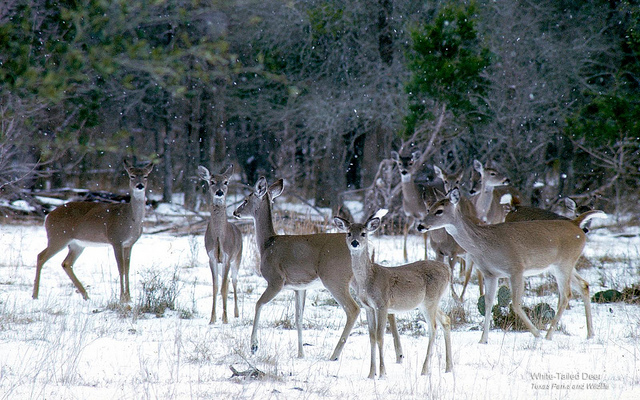

 Passport to Texas is a
Passport to Texas is a  Passport to Texas is made available by:
Passport to Texas is made available by: